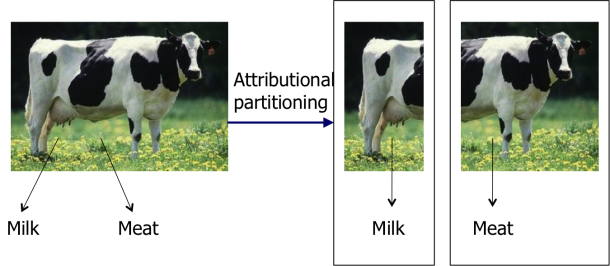Party spoiler
April 23, 2015 by Bo Weidema
In what was announced as a celebration of the first 3 LCA guidelines for feed, small ruminants and poultry (http://www.fao.org/partnerships/leap/en/ ) of the FAO LEAP Partnership, I had to play the role of the party spoiler. Practically all the speakers talked about how these new guidelines would allow the identification of hotspots and options for improvement. At the same time it was made quite clear that the guidelines are for attributional LCA, explicitly excluding consequential modelling. Therefore I had to point out that as long as you limit yourself to an attributional approach, where you cut-off (e.g. by allocation) a part of the affected systems, these guidelines cannot be used to consistently identify improvement options. For example, if you by allocation isolate the milk from dairy farming from the meat, you may reach the conclusion (as one presenter showed) that intensification of dairy farming is environmentally beneficial. With a consequential approach, that includes all the real-life effects in the system, you are likely to reach the opposite conclusion, because of the important role of the displaced meat production. So if you really want to take serious all the fine words used to present the 3 guidelines (science-based, consistent and focussed on continuous improvement), your guidelines should support consequential modelling.
Luckily, my caustic words were met by broad agreement to the current limitations of the FAO guidelines, and a promise that there will be a second round that will look at the possibility to provide guidelines that address the LCA methods needed for decision support for improvements, in accordance with the ISO 14040 series of standards.
See also my blog on FAO LEAP from July 2014.